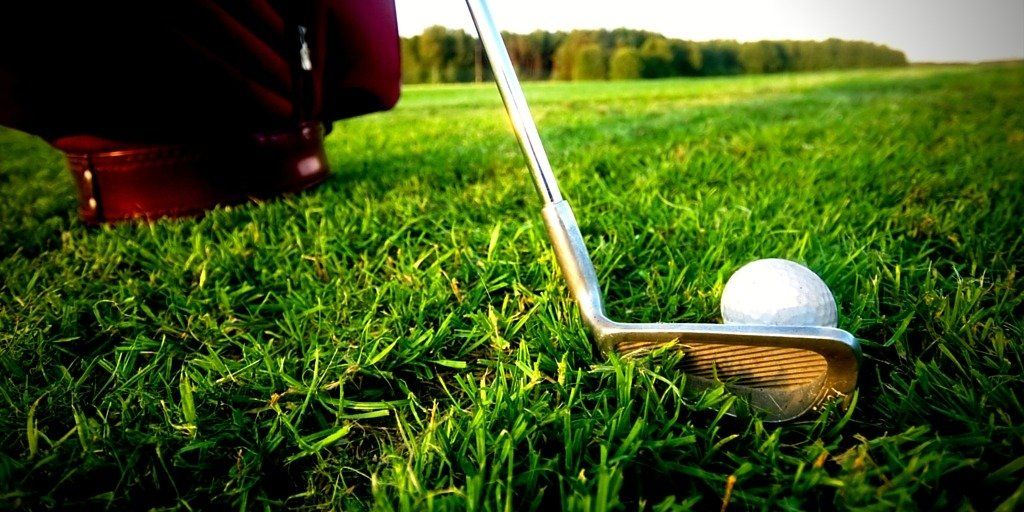
This is a guest post by Nick Banks
"What’s your teaching philosophy?"
Someone once asked me this question, which was subtly referencing the plethora of styles that teachers employ. I simply replied:
“To make somebody a better golfer than what they were before they came to me.”
The relationship between the teacher and student in golf is an important one. I’d like to walk you through my process, and give a few pointers on what you can do to make your experience with your coach a successful one.
First things first
When I begin working with a new student, the first thing I do is watch them hit a series of shots, paying close attention to their reactions. I’ll also ask a few questions along the way to familiarize myself with the type of person and golfer they are. I typically begin with relationship building and explaining our path to improvement. My goal is to give the student an action plan.
If you plan to see any local PGA Professional, I recommend compiling a list of all the things in your game or swing that frustrate you, areas where you want improvement, and things that you like about your game. This is valuable to all teachers, as many golfers will try to hide their weakness or play them down.
My goal, as a teacher, is to identify my student’s strengths and weaknesses. This is important, as we want to build upon these strengths and eliminate the weaknesses down the road. In order to achieve this, I use a four-pronged teaching philosophy:
- Control the root cause
- Eliminate the weakness
- Build on the strengths
- Get the student to become goal orientated to maximize learning
The Root Cause
First and foremost, I begin by identifying each player’s root cause, which is the catalyst of all their weaknesses and the cause of the errant shots.
Without dealing with the root cause you end up just applying band aids all over the swing, and hoping it gets better. My goal is to find a real solution. This can take a while, or a short amount of time depending on the nature of their faults. I always justify every change I make to build trust and to form a relationship with the student. I am a proponent of video, drills, swing thoughts and feelings, as everyone learns differently.
By doing this you also keep the individual’s style and character in a swing, but make it more fundamental at the same time.
Eliminate the Weakness and Build on Strengths
Once the root cause has been established, it allows you to eliminate the weaknesses. Establishing this upfront will help to move forward and focus on strengths. I want to see your weaknesses in the flesh, and your interpretation to them is key. Eventually when you embrace all of this, it will define you as a golfer. Your ability to control your weaknesses will help you remain on the right path.
There is hope for all types of golfers!
As a busy teacher I get to see a number of golfers every day. On the range I see swings in all shapes and sizes. My advice for the next time you go and have lessons is to be very open and honest.
Try to explain your golf swing, coming from you and not what others have said to you.
Compile a book of feelings, frustrations and aspirations. This really helps all teachers get a clearer picture and allows them to understand you as the golfer. It can help justify the ball flight and results from it. It also establishes the correct course of action in improving it.
Clouding a teacher with false information or skirting around issues that you are holding in will cost you time, money, and trust.
Maximize Learning with Goals
After establishing the student’s root cause, eliminating the weaknesses and focusing on strengths, it is time to focus on goals and aspirations. This is unique to each student.
Some may want to lower their score or handicap, others may be looking to simply improve their swing, while others might be striving to improve their putting game. I work with each student to meet their individual goals and take them as far as they want to go. Setting goals will help obtain improvement quicker. This can also heighten their enjoyment, as they will be able to gauge their improvement to the goals you set and continue to set over time.
If you are thinking about taking lessons keep some of these things in mind, and try your best to prepare for your first lesson to make the time you spend more efficient!
Nick Banks is a Class AA PGA Professional. He teaches at St. George's Country Club in East Setauket, NY. You can find him on Twitter here.
[/author]
We care about the protection of your data Read our Privacy Policy